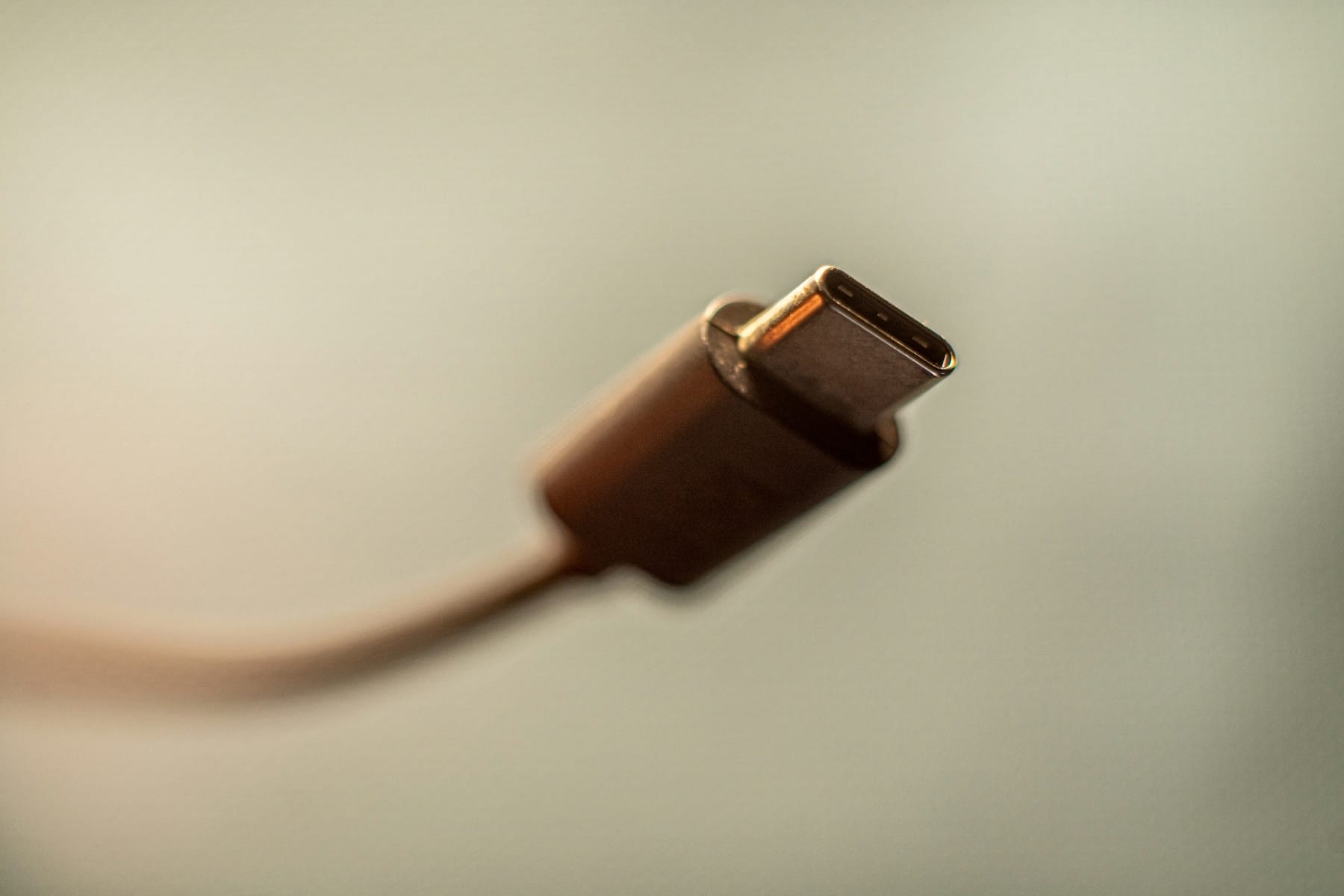In the world of technology, connection ports have evolved significantly in recent years, and two of the most popular today are Thunderbolt and USB-C. Although they may seem similar at first glance, they have distinct features and functionalities that make them ideal for different uses. In this article, we will explore what they are, their differences, and how you can distinguish between them.

What is USB-C?
USB-C (USB Type-C) is a connectivity standard that has become the most widely used in modern devices, from smartphones to laptops. Its compact and reversible design (it has no specific orientation) makes it very practical. Its characteristics include:
- Versatility: Transmits data, power, and video.
- Compatibility: Works with a wide range of devices.
- Transfer speed: Depends on the version of USB (USB 2.0, 3.0, 3.1, 4.0), ranging from 480 Mbps to 40 Gbps in USB 4.
What is Thunderbolt?
Thunderbolt is a technology developed by Intel in collaboration with Apple, designed to offer superior performance in terms of speed and functionality. Currently, its latest version is Thunderbolt 4, which uses the USB-C connector to take advantage of its design. Its main features include:
- Transfer speed: Up to 40 Gbps (in Thunderbolt 3 and 4).
- Multiple device connection: Allows connecting up to six devices in a daisy chain.
- Compatibility with USB-C: Thunderbolt 3 and 4 use the same physical connector as USB-C but with greater capabilities.
- Support for monitors and charging: Can power devices with up to 100W and connect up to two 4K displays or one 8K display.

Differences between Thunderbolt and USB-C
| Feature | USB-C | Thunderbolt |
|---|---|---|
| Connector design | USB Type-C | USB Type-C |
| Maximum speed | Up to 40 Gbps (USB 4) | Up to 40 Gbps (Thunderbolt 3/4) |
| Power delivery | Up to 100W | Up to 100W |
| Video | Supports 4K | Supports 8K and multiple displays |
| Price | More economical | More expensive |
| Compatibility | Broad | Requires Thunderbolt-compatible devices |

How to differentiate them?
Although Thunderbolt and USB-C share the same physical connector, there are ways to distinguish them:
- Logo or icon: Thunderbolt ports typically have a small icon representing a lightning bolt next to the USB-C port.
- Device specifications: Check the technical specifications of the device to confirm whether it supports Thunderbolt.
- Functionality: If the port supports multiple 4K or 8K displays and offers extremely fast transfer speeds, it is likely Thunderbolt.

Which one to choose?
The choice between USB-C and Thunderbolt will depend on your needs:
- USB-C: Ideal for most users, as it is more economical and compatible with a wide range of devices.
- Thunderbolt: The best choice for professionals requiring high transfer speeds, advanced connectivity, or multiple high-resolution displays.
In conclusion, although Thunderbolt and USB-C share the same connector, their capabilities and prices differ significantly. Understanding their features will allow you to make the best decision based on your technological requirements. We hope this article has helped clarify your doubts!
Some images BenQ.

